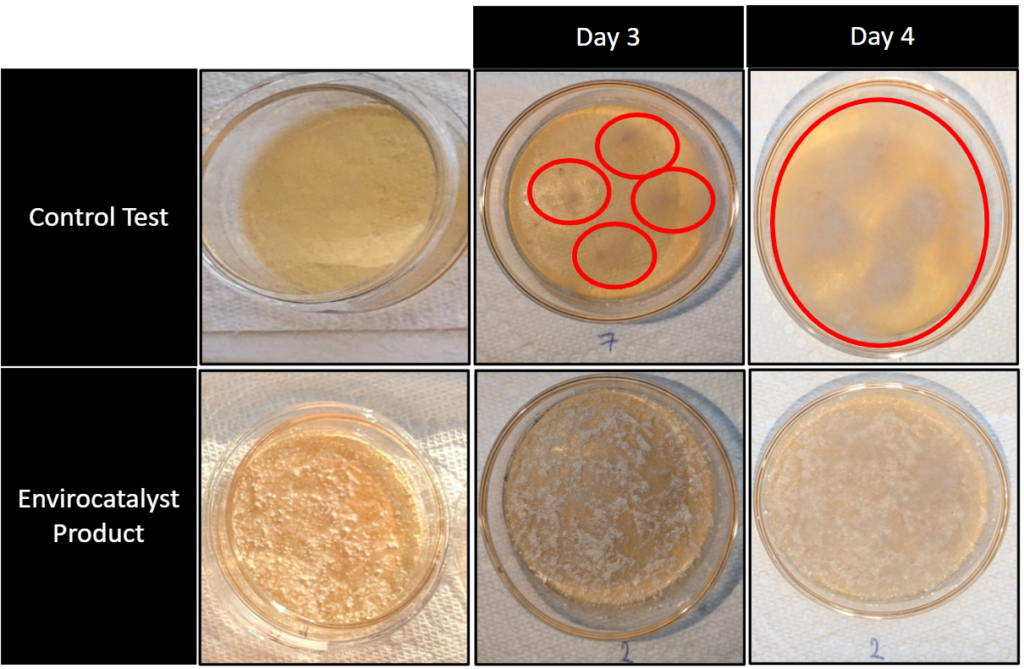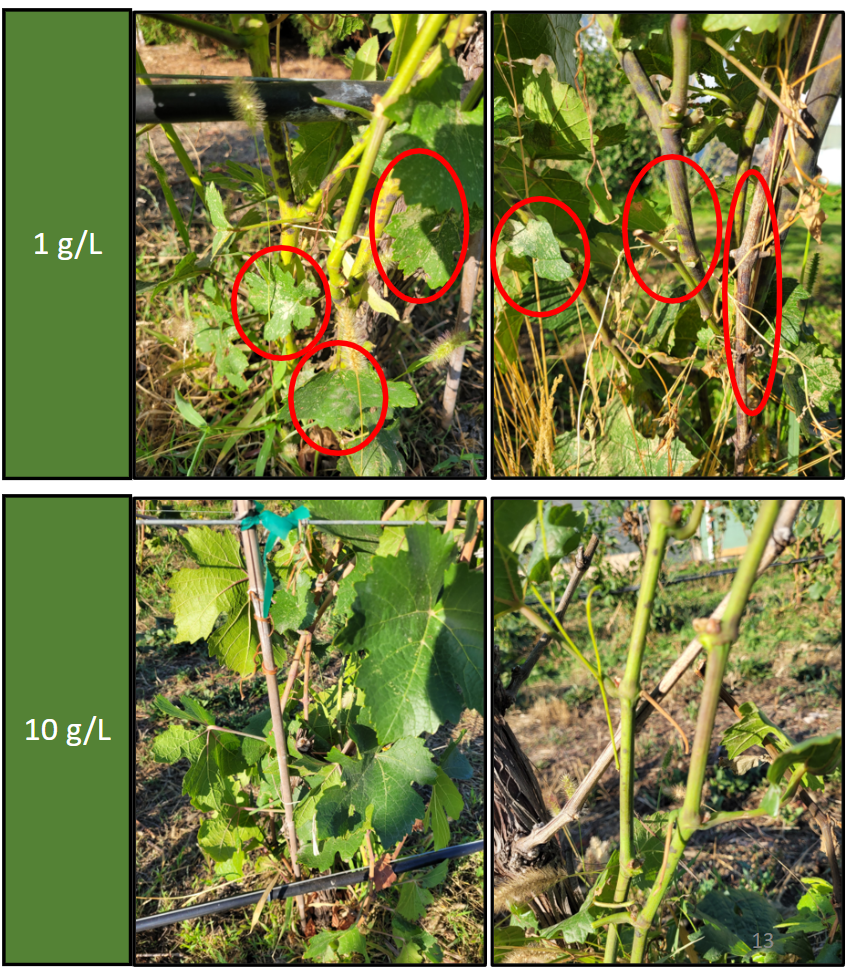Our Procut
High-tech, Next-generation Fungicide

Our product is a high-tech, next-generation fungicide, engineered using the latest advancements in materials science and chemistry. It offers a powerful, chemical-free alternative to traditional fungicides, providing exceptional protection against a wide range of fungi, without introducing any harmful chemical or biochemical compounds into the environment or produce.
Harnessing the power of natural environmental conditions, our innovative technology leverages factors such as temperature, ambient light, and moisture in the air and irrigation systems to disrupt and neutralize fungal cells at a molecular level. This sophisticated process ensures that our product’s effectiveness relies solely on naturally occurring elements, creating a safe, non-toxic solution for fungal control that does not leave residues on fruits or vegetables.
Key features of our product:
- Highly Effective: Proven to combat a wide range of fungi, including Botrytis and powdery mildew, ensuring healthier crops with fewer applications.
- Non-Toxic and Sustainable: By using only natural environmental factors, our product remains free from harmful chemicals, keeping produce safe and supporting a healthier ecosystem.
- Cost-Efficient: With just one application per season, farmers can significantly reduce costs while enhancing crop protection and increasing operational efficiency.
At Envirocatalyst, we’re not just offering a fungicide; we’re offering a revolution in agricultural technology. Our high-tech solution combines nature’s elements with cutting-edge science, enabling farmers to embrace a chemical-free future that is both sustainable and highly effective.
Lab tests under sunlight
- The agar plate offers ample nutrients for fungal growth, serving as a rigorous method to assess our product’s effectiveness.
- Our optimized formulation completely inhibited powdery mildew growth on the agar plate, demonstrating strong antifungal efficacy.
- This test successfully showcased the product’s efficacy.

Field test on grapevines; studies against powdery mildew
- 6 rows, each row containing 124 plants were sprayed with different concentrations (1 g/L – 10 g/L).
- We did not have a control test (non-treated row of grapevines); and the 1 g/L is used as control test in this slide.
- 1 g/L Concentration: Large patches and distribution of powdery mildew (some shown in red circles) is observed.
- 10 g/L Concentration: The plants show healthy and mildew-free stems and leaves.
